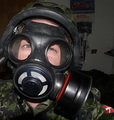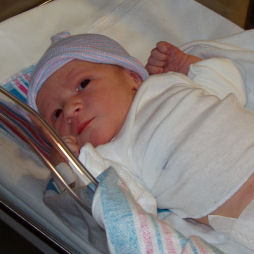
Simviation Forums
Flight Simulator and other chat
 Bar by Mees
Bar by Mees




Lockheed Lightning, of course.
Name the role and a Lightning can do it...no need for those other types at all.


Gloster Gladiator, of course!

Fleet Defense fighter - carrier based.


Lockheed proposed a carrier-based "Model 822" version of the Lightning for the US Navy. The Model 822 would have featured folding wings, an arresting hook, and stronger undercarriage for carrier operations. The Navy wasn't interested, as they regarded the Lightning as too big for carrier operations and didn't like liquid-cooled engines anyway, and the Model 822 never went beyond the paper stage. However, the Navy did operate four land-based F-5Bs in North Africa, with these aircraft inherited from the USAAF and redesignated "FO-1".
It was only USN obstinance that prevented the Lightning from filling this role.








I notice you've been very general with the Bf109, yet with the Spitfire you've limited us to the Mk XIV.


Though Vampire/Venom/Vixen was a copy of the FW P7 Flitzer...which was an attempt to make a better, jet powered version of the Lightning.
The British Air Ministry was also interested in a simple, lightweight, single-engine jet fighter with an armament of four 20 millimeter cannon, as defined in "Specification E.6/41". A design team at de Havilland, under company chairman Sir Geoffrey de Havilland and featuring Chief Designer R.E. Bishop, came up with the twin-boom "DH.100" design concept based on the "Halford H.1" centrifugal flow engine, a Whittle derivative then being developed by Frank Halford of de Havilland. The Air Ministry liked the idea and placed an order for two prototypes in April 1942, soon increasing the number to three.
Work went slowly for a time, since both de Havilland and the Air Ministry were more focused on other projects, but in November 1942 priority of work on the DH.100 was raised. The project was assigned the codename "Spider Crab". Initial flight of the first prototype was on 20 September 1943, with Geoffrey de Havilland JR, company chief test pilot and son of the founder, at the controls. This machine was powered by a Halford H.1 turbojet with 12.0 kN (1,225 kgp / 2,700 lbf) thrust and was unarmed. The flight was satisfactory, though there were issues, such as oversensitive ailerons and a tendency towards yaw instability. http://www.vectorsite.net/avvamp_1.html#m1






Return to Specific Aircraft Types
Users browsing this forum: No registered users and 389 guests